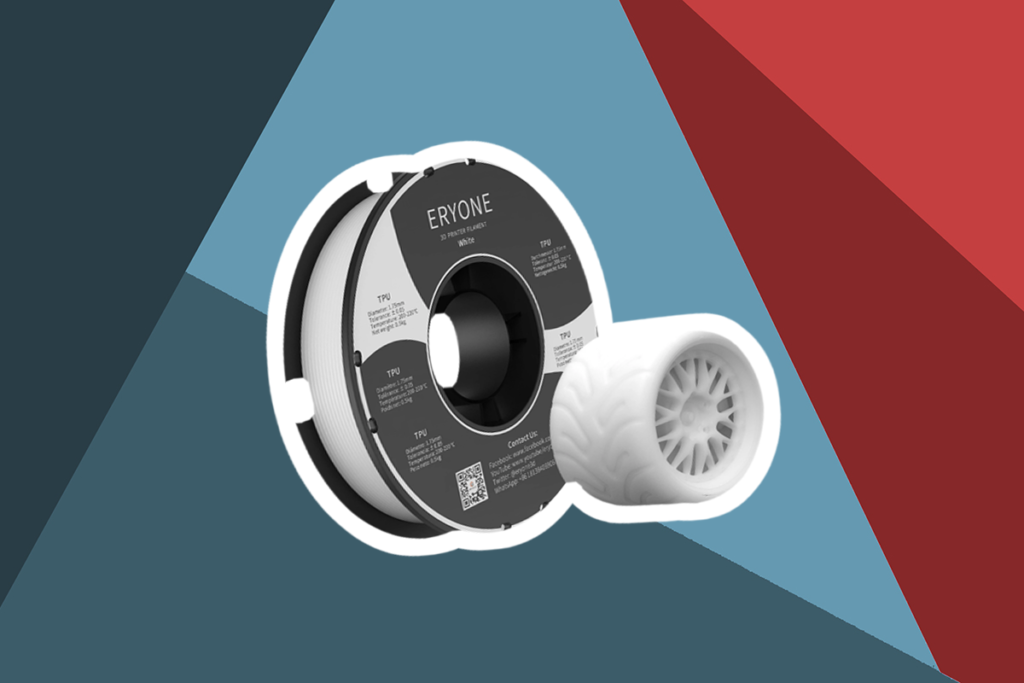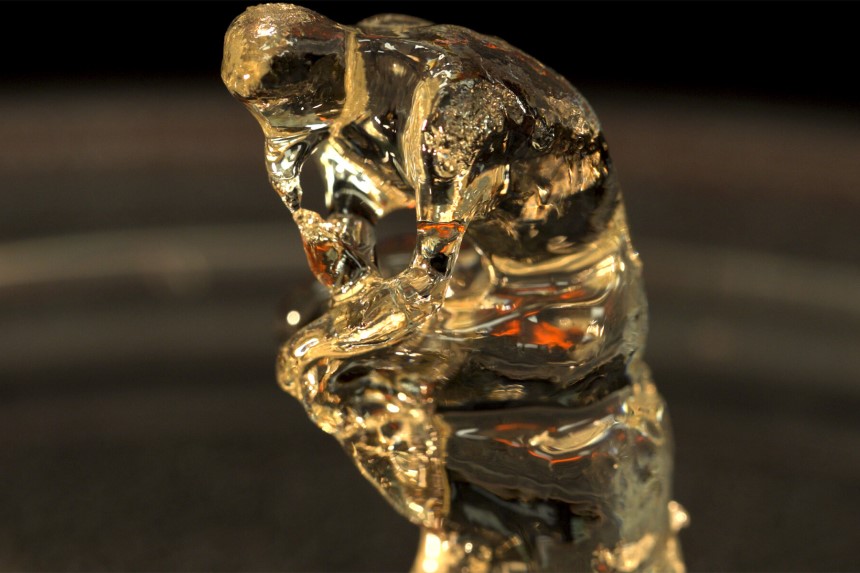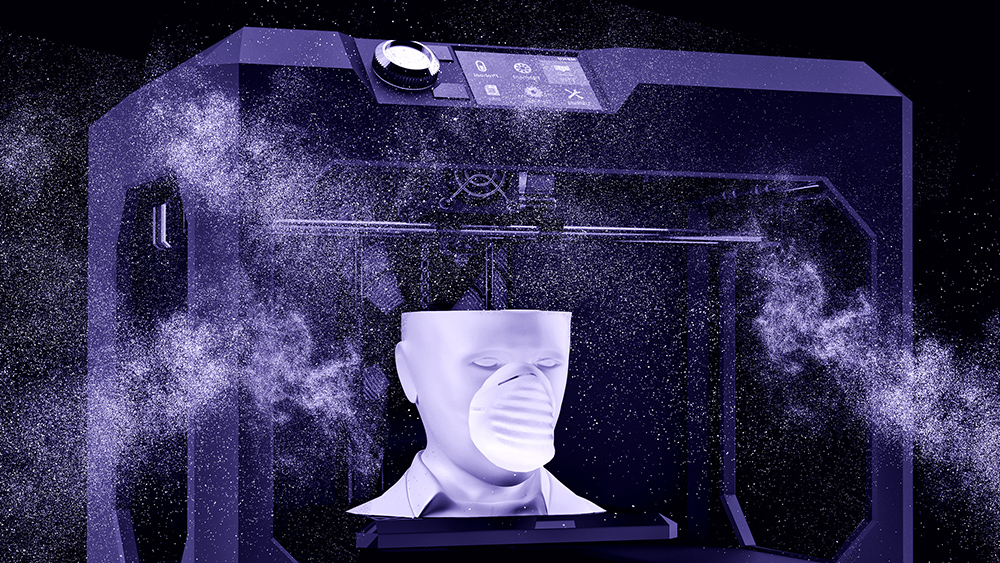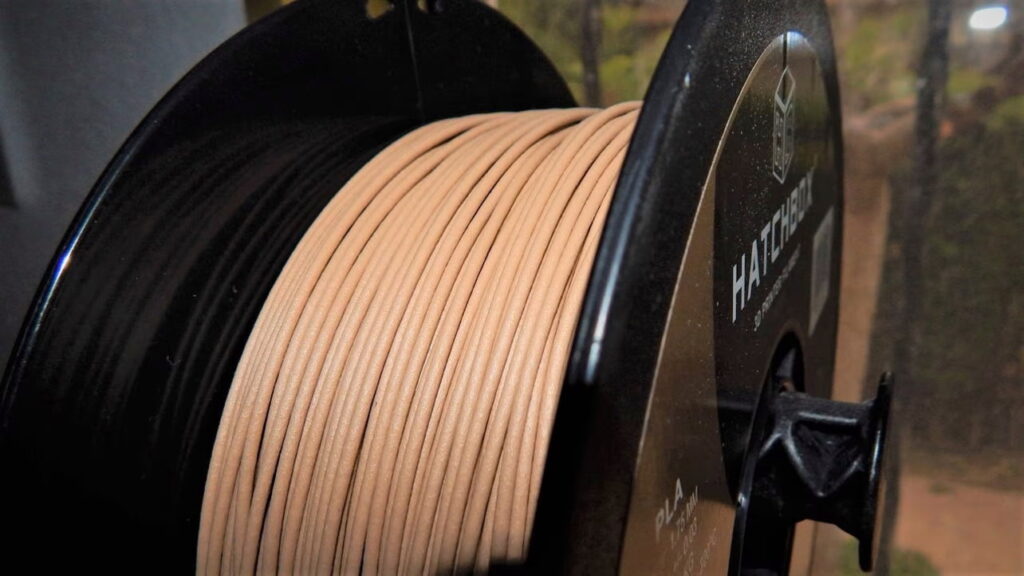

There are a couple of materials used in 3D printing. Two of these are the Acrylonitrile Butadiene Styrene (ABS) and Polylactic Acid (PLA). Both are popular, but many users prefer the PLA because it is cheap and easy to use. Other characteristics of the PLA, such as the fact that it offers a fair amount of dimensional accuracy and requires only a relatively low temperature for printing, means that it is also the favorite for extrusion-based 3Dprinters.
However, whether there is a perfect PLA printing temperature continues to linger among printing hobbyists? Naturally, the type of 3D printer used, the nozzle temperature, and the temperature of the heating bed is determined by users, but different PLAs are recommended for use at particular temperatures. Read on to find out all you need to know about PLA printing temperatures and speeds.
The temperatures used in 3D printing would depend on the type of PLA, and this would mean that a little bit of experimentation and experience would be necessary if you are to get it right.
Nozzle temperature of about 210°C, heated bed temperature of about 60°C, and a printing speed of 60 mm/s represent a good starting point if you are new to 3D printing.
However, there are more factors to consider, and your printing can be subject to further settings to improve the likelihood of the outcome being of higher quality. Some situations might even call for the use of a material other than PLA (such as Thermoplastic Polyurethane); hence it might come in handy to know how TPU and PLA differ and what advantages they have over one another.
The rule of thumb to follow when it comes to adjusting or trying to optimize printing speeds is that the faster you go, the worse the printed model would be in terms of quality. This is usually counterbalanced by the fact that the printing speed would determine how long 3D printing takes.
That said, the printing speed would initially depend on the 3D printer used, but could we be improved by changing the heater cartridge and hardware. The best printing speed to utilize when using PLA is 60 mm/s.
The issue of temperature is a different animal from that of printing speed. Temperature cannot directly be applied to improve quality, but it can be adjusted to prevent certain defects (such as warping and stringing) during printing. The fact that 3D printing can also be affected by environmental factors such as humidity and airflow makes getting the relatively precise temperature right even more important.
Take note that temperature resistance is one of the ways that PLA might differ from other materials like PETG (Polyethylene Terephthalate Glycol), and your temperature might need adjustment if you are using a different printer and printing material.
Back to PLA, where the various brands involved in its manufacture may employ different methods and colors, thus contributing to the earlier stated variation that may exist in the quality of PLA from brand to brand. The best temperature to start your printing at is 210°C.
Because PLA can be used at relatively lower temperatures, it doesn’t require a heated bed. Still, due to certain environmental conditions that users might not factor in, the heated bed is always recommended.
Heated beds are used to maintain the overall temperature when printing in cooler environments. PLA is indicated as being best for printing in warm conditions and little to no humidity (humidity means PLA filaments would need drying to prevent loss of flexibility) that supports their use. However, it might not be easy to ascertain just when the heating bed is needed and, as such, it is recommended for use generally.
The best PLA heating/print bed temperature to utilize is 60°C. A suitable temperature could prevent warping, leaving as smooth a surface as is achievable. The smoothness of a model made from PLA could also be ensured using some smoothing methods and techniques.
We have established that environmental conditions affect the usefulness and suitability of printing materials, including PLA. A consequence of this is that in situations where a material is not suitable (like the use of PLA in windy or cool environments), moves must be made to either change the material or improve the conditions.
One of such moves implemented by manufacturers of 3D printers is the use of enclosures in many brands to maintain the temperature and preclude the effect of other environmental factors.
When purchasing a 3D printer, whether or not it has an enclosure should be a factor if your environment requires it to though we advise you to always opt for printers with protective enclosures.
Earlier on, we confirmed that there are different qualities of PLA Trusted Source Polylactic acid - Wikipedia PLA has become a popular material due to it being economically produced from renewable resources. In 2010, PLA had the second highest consumption volume of any bioplastic of the world, although it is still not a commodity polymer. Its widespread application has been hindered by numerous physical and processing shortcomings. PLA is the most widely used plastic filament material in 3D printing. en.wikipedia.org available on the market. This is due to manufacturers of the filament making use of other methods and colors during production. The variation in production methods confers different characteristics and affects how the PLA produced would interact with heat. As expected, the final consequence is an increased difficulty in determining the most suitable temperature for printing.
This is where knowledge of the brands and experience in tweaking your settings would come in handy. For instance, the eSUN Silk PLA 3D Printer Filament and its advertised smoother finish would have different printing characteristics from a Prusa. Only experience with both or with the preferred filament would inform printing decisions. Some of the other types of PLA filaments include:
The PLA filament types would require different temperatures and printing speeds for optimal quality. Still, we maintain that the temperatures and speed provided above are an excellent place to start your experimentation.
Chances are, we have the same approach to trial-and-error procedures for determining the printing speed and temperatures because it is the most logical. This method would involve alternating between both parameters and changing them in small increments while comparing the quality of the models that are printed. The following guide details the procedure:
The following guide, however, assumes that the same printer and PLA brand type is used. Changing any of both would increase the variables affecting quality. In such a case, a new set of experiments and tests would need to be carried out using the procedure provided above but with another printer or type of filament. The most advisable route would involve following the guide whenever a new material, brand of material, or printer is used. Utilizing the concept of a temperature tower like this one from thing verse could help simplify tests and compare outcomes easily.
The process by which an extrusion 3D printer operates is relatively easy to understand. The material used in printing (in this case, the PLA) is softened using high temperatures and then extruded out. Cooling fans immediately work to help the material harden back, simultaneously preparing it for the extrusion of another layer.
A weak fan would slow down the drying process, and so would a too-quick printing speed. Both would mean that the softened filaments already extruded would not have enough time to cool before a new layer would be extruded. This could lead to uneven layers in print.
The problem could be solved by slowing down the print speed and reducing the nozzle temperature and helping the cooing process along. The need for balance should be obvious; printing too slowly would mean that the cooled filaments could clog up the nozzle, and reducing the nozzle temperature (and, thus, extrusion flow rate) could have a similar effect. The optimal performance would be obtained when the printing speed is fast enough to maintain quality while preventing clogging of the nozzle and avoiding any other printing defects.
We stated that the printing speed could be helped along by making changes to some hardware parts, and the same goes for temperature if the heating cartridge can be changed as well. Some of the other hardware parts that could be changed or upgraded include the nozzle, extruder, or hot end, the heated/print bed, and maybe the purchase or design of an enclosure (if your printer doesn’t have one).
An extruder that is too hot might lead to the filament becoming too hot and too soft to cool quick enough, resulting in prints that droop as they dry. Such an occurrence could leave gaps between layers of a print, thus, compromising its integrity.
A quality hot end would ensure that a much higher temperature (as high as 400°C) can be reached, meaning that when printing with PLA, there won’t be much risk of a meltdown sowing down your printing. This could lead to overheating or damage to the print, but the latter could be prevented by conducting tests (using our guide) to see how your new hot end influences print quality. A hot end with a filament guide to protect it from higher temperatures could prevent the former.
A heated bed that is cooler than recommended could leave layers of the print from adhering to the bed and might need to be changed if it is faulty. However, the problem could be with temperature control, and professional help might be needed to determine the exact issue before simply raising the bed temperature further.
A further indicator of print quality is usually the finishing or surface quality. While this might be a function of poor temperature control (warping), the surface quality can be improved by “polishing,” and the Polymaker Polysher is a safe bet recommended by many customers.
3D printing might be an imposing and excellent creative avenue, but the quality of whatever is printed or created would depend on certain factors being appropriate and monitored. Two such factors are printing speed and temperature.
Speed is a critical consideration in any endeavor, but when it comes to 3D printing, it could prove detrimental to quality, and a balance has to be reached. Considering the printing speed is linked to temperature, the temperature would need to be closely monitored.
This article looks at the most appropriate PLA printing temperature and speed for 3D printing, and we hope that we have done justice and provided valuable information. Never forget, though, experimentation is just as critical to success as information.





